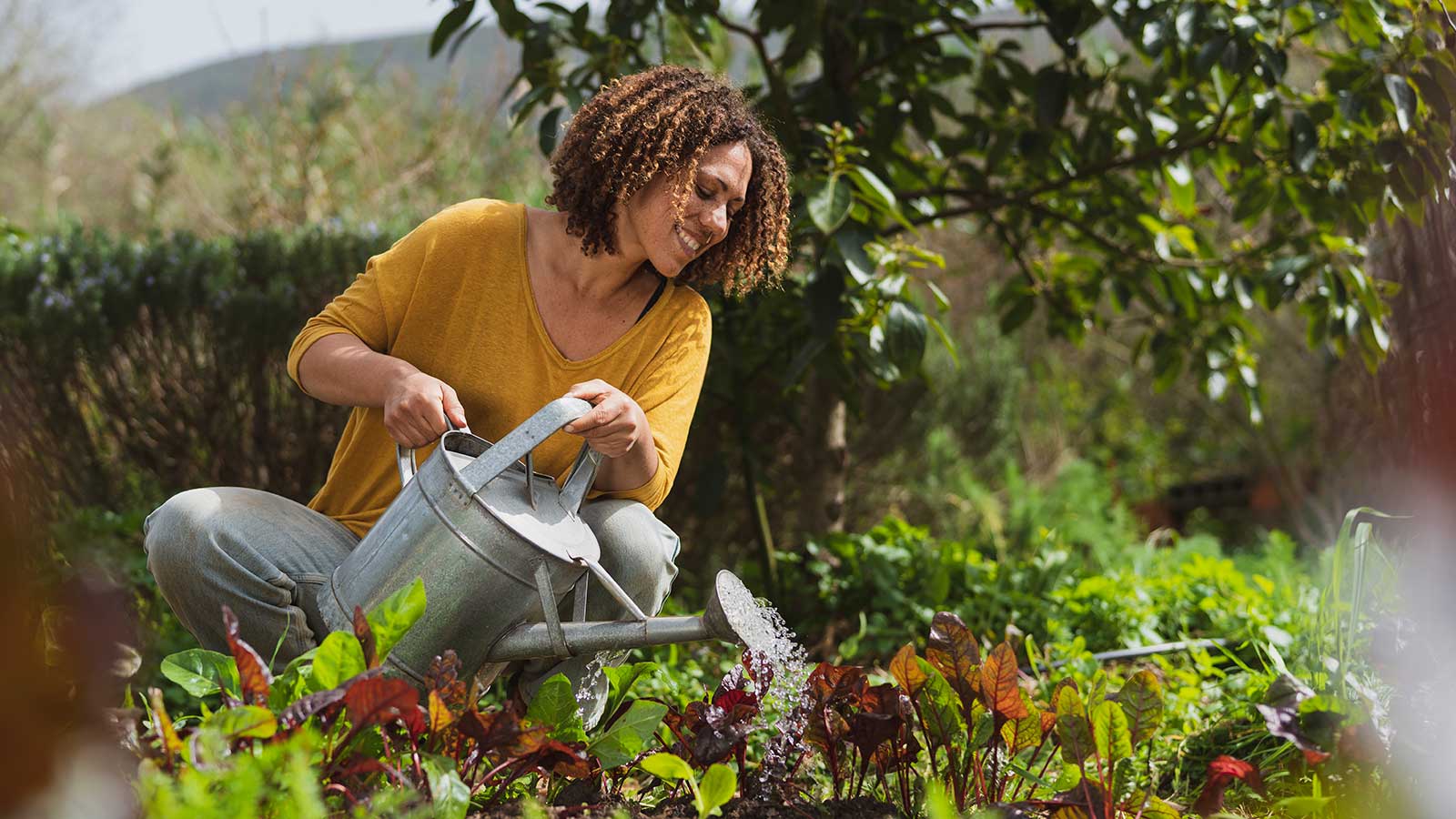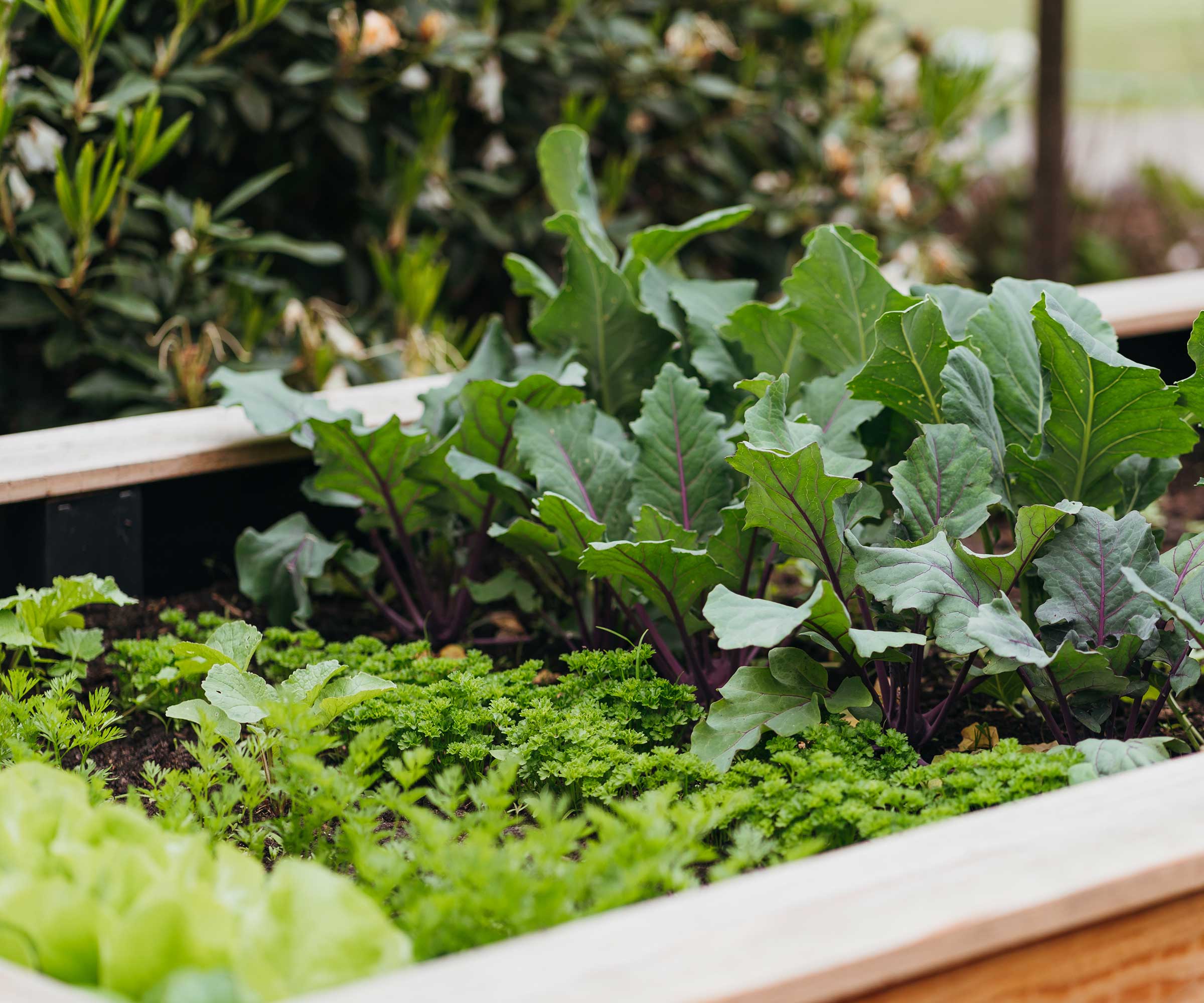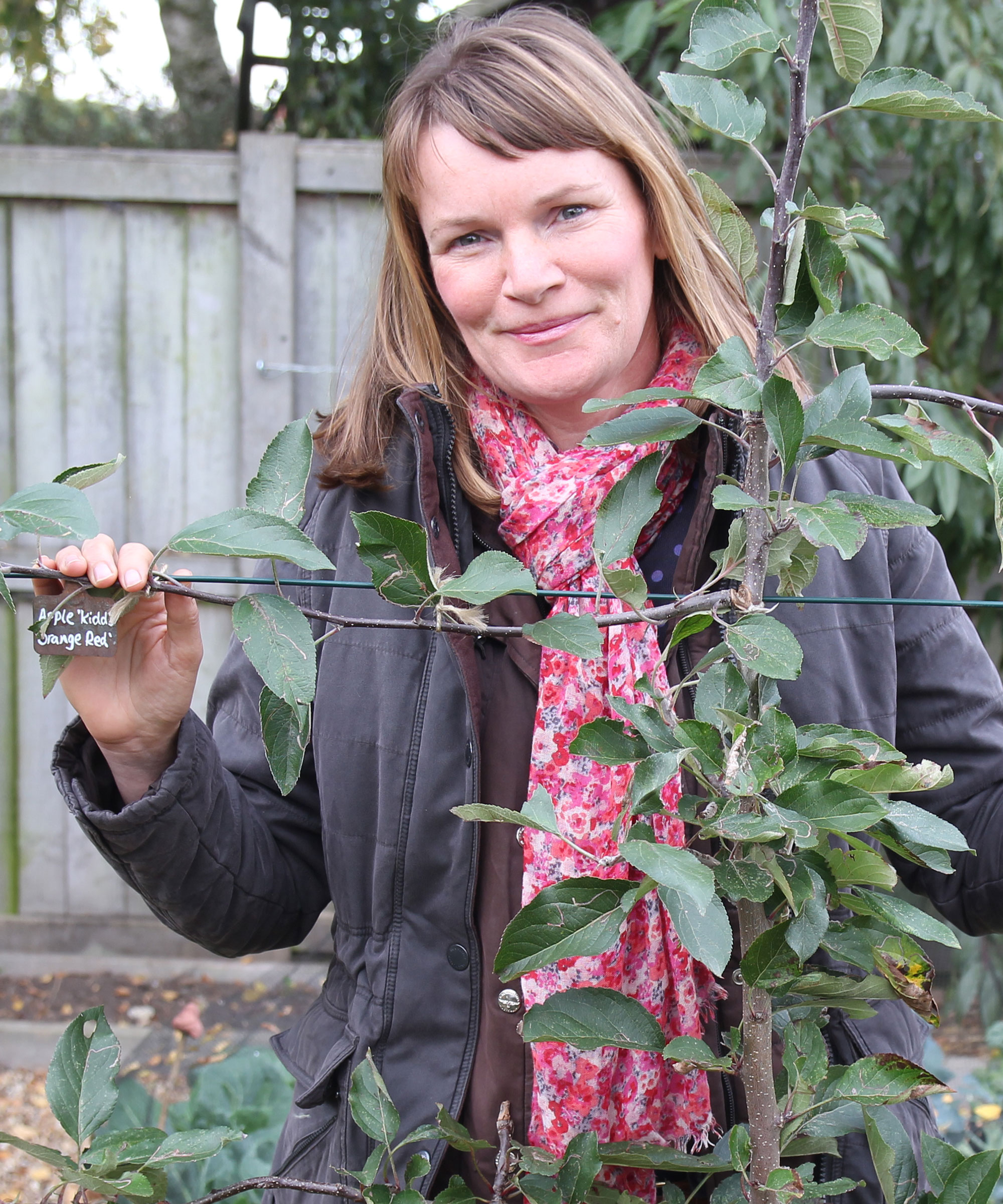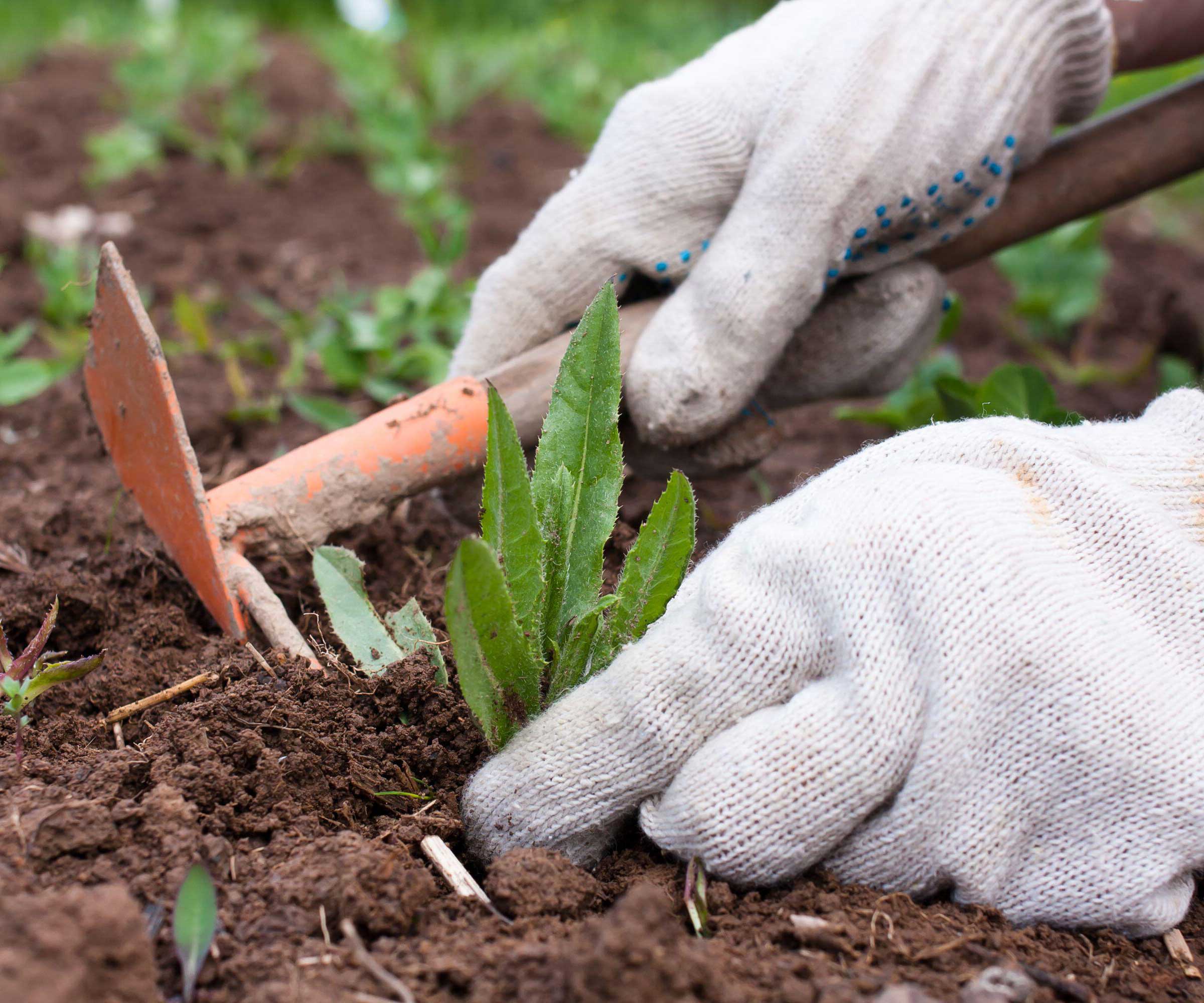How to make a stale seedbed – and outsmart garden weeds this spring
This age-old technique is a simple yet effective way to get rid of weeds before starting new crops


Q: I love to grow vegetables in my garden and I use an organic approach. However, I find that endlessly weeding the beds by hand takes up a lot of time and gets quite tiresome. I've recently heard that a stale seedbed can be an effective and eco-friendly way to tackle them – how does it work and is it worth a go?
A: A stale seedbed is an old technique for getting rid of weeds and is used both domestically and on a commercial scale. The idea is that you allow the non-dormant weed seeds in the top layers of soil to germinate. Then, once the weeds have established and grown three leaves, you remove them – being careful not to disturb the soil too much – before direct-sowing your chosen crop. This means that you've cleared out the competition and it should reduce the ongoing need to weed.
Although some gardeners use herbicides to wipe out the weeds that emerge, it isn't a necessity as you can use a hoe to remove them instead – which is much better for a more wildlife-friendly garden.

'Flush' weeds out of the soil before you start growing your vegetables
A 3-step guide to making a stale seedbed
Lucy Chamberlain, a gardening expert, shares her step-by-step guide to making a stale seedbed at home:
- Identify a sunny, sheltered spot in your veg plot that would lend itself well to early sowings under cloches. Dig it over well and rake thoroughly to remove large stones and break up soil clods. Secure rigid plastic or glass cloches over the bed.
- Leave the cloches in place until a rash of weed seedlings appears under them (this could take anything from one to three weeks, depending on outdoor temperatures). Once well-emerged, shallowly hoe the weeds off, then replace the cloches.
- With the soil surface and upper layers now clear of weed seeds and seedlings, sow your chosen crop. Again, resist the temptation to disturb the soil too much as this brings more weed seeds to the surface.

Lucy was a Horticultural Advisor at RHS Wisley and has been Head Gardener on a 100-acre estate in England for many years, but writes regularly for titles such as The Garden, Gardeners’ World, The Guardian and Amateur Gardening. She’s also the author of RHS Step by Step Veg Patch, available from Amazon, which covers 50 types of fruit and veg.

When removing the weeds, try to disturb the soil as little as possible
FAQs
Are there other ways to remove the weeds other than using a hoe or a herbicide?
Yes, the flame weeding method is often used with stale seedbeds. It doesn't disturb the soil and the leftover ash will enhance it. This Red Dragon Propane Vapor Torch from Amazon is perfect for the job.
What are the drawbacks of a stale seedbed?
Different types of weeds can have different speeds of growth, as well as different optimal growing conditions. This means that it can be hard to predict when all the weed seeds in the shallow layers of soil have been 'flushed' out – and new ones may still appear once you've planted your crops.
Can you transplant into a stale seedbed?
Although direct sowing tends to disturb the soil less, you can also transplant seedlings if you do so very carefully. You don't want to bring any weed seeds that are deeper down in the soil closer to ground level, as this would give them more chance to germinate.
When should you start a stale seedbed?
As mentioned above, it can be hard to predict how long it will take for the weed seeds to germinate. But as a general guideline, and providing growing conditions are adequate, set it up at least two weeks before you intend to sow or transplant your crops.
If you're fed up with weeds, why not give this technique a go when preparing your garden for spring? It could make your backyard maintenance much quicker and easier in the long run.
Design expertise in your inbox – from inspiring decorating ideas and beautiful celebrity homes to practical gardening advice and shopping round-ups.

Holly started writing about gardening five years ago, and she is a regular contributor to Homes & Gardens. She has also written many gardening features for Woman & Home and Real Homes, too. She has previous experience as a professional gardener, where she helped to plant and maintain private gardens. Holly has also looked after allotment plots over the years and loves to grow her own flowers and veggies from seed. In her spare time, she enjoys visiting local gardens, botanical drawing, and tending to her ever-growing collection of houseplants.